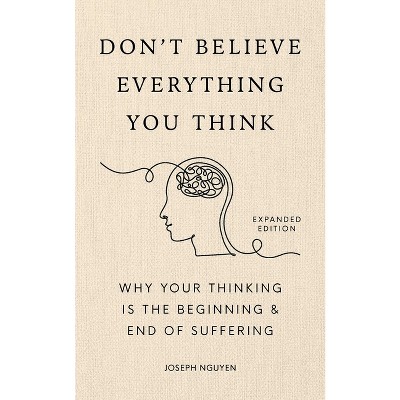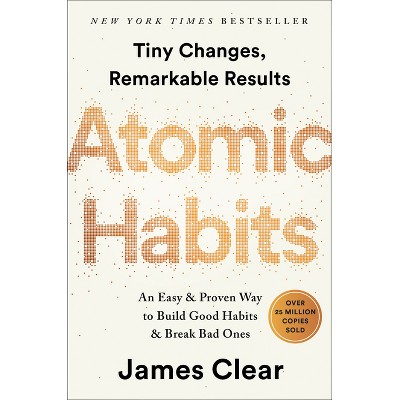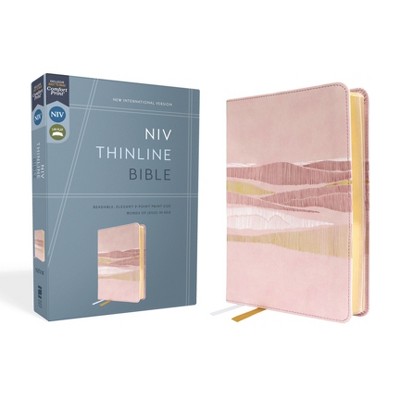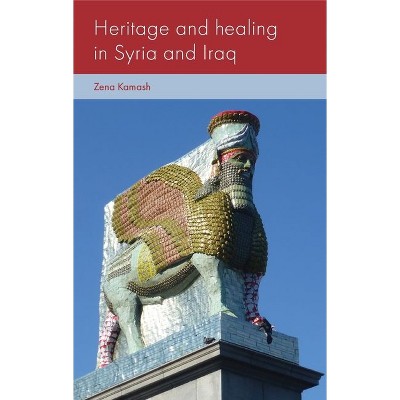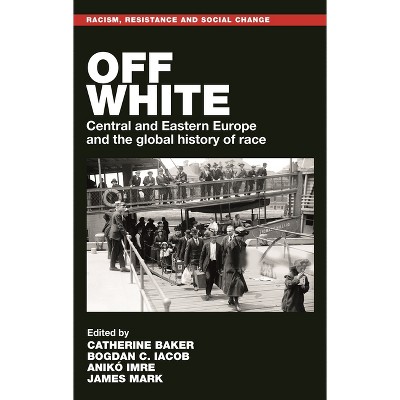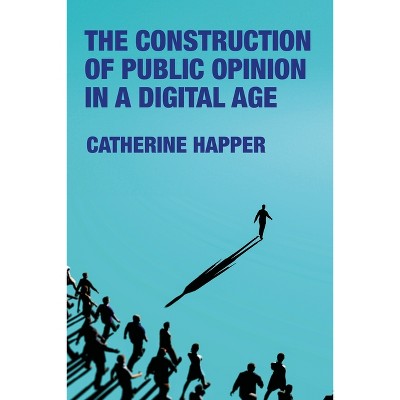An Archaeology of Innovation - (Social Archaeology and Material Worlds) by Catherine J Frieman (Hardcover)

About this item
Highlights
- An archaeology of innovation is the first monograph-length investigation of innovation and the innovation process from an archaeological perspective.
- About the Author: Catherine J. Frieman is Associate Professor of European Archaeology at the School of Archaeology and Anthropology, Australian National University
- 256 Pages
- Science, History
- Series Name: Social Archaeology and Material Worlds
Description
About the Book
This monograph takes a unique archaeological approach to the investigation of innovation and the innovation process. Case studies span the breadth of human history, from our earliest hominin ancestors to the contemporary world. The emphasis is on the social context and temporality of invention, adoption, creativity and resistance.Book Synopsis
An archaeology of innovation is the first monograph-length investigation of innovation and the innovation process from an archaeological perspective. It interrogates the idea of innovation that permeates our popular media and our political and scientific discourse, setting this against the long-term perspective that only archaeology can offer. Case studies span the entire breadth of human history, from our earliest hominin ancestors to the contemporary world. The book argues that the present narrow focus on pushing the adoption of technical innovations ignores the complex interplay of social, technological and environmental systems that underlies truly innovative societies; the inherent connections between new technologies, technologists and social structure that give them meaning and make them valuable; and the significance and value of conservative social practices that lead to the frequent rejection of innovations.From the Back Cover
We live in a world where 'innovation', 'creativity' and 'invention' are constantly used as empty buzzwords. Yet little research has been done on the long-term history of innovation beyond and before the Industrial Revolution. An archaeology of innovation offers a response to the wider dialogue on innovation, invention, and technological and social change.
The book sets the idea of innovation that permeates our popular media and political and scientific discourse against the long-term perspective that only archaeology can offer. Presenting a new version of the story of human inventiveness, from our earliest hominin ancestors to the present day, it challenges the contemporary lionisation of disruptive technologies, arguing that a narrow focus on pushing technical innovations ignores the complex interplay of social, technological, and environmental systems that underlies truly innovative societies. In fact, it is the inherent connections between new technologies, technologists, and social structure that give them meaning, and conservative social practices that lead to the rejection of innovations can also be of value. Aimed primarily at archaeologists looking to explore more complex narratives of change and continuity over time, this book will also appeal to scholars in sociology and science-technology-studies keen to embed their research in a richer historical context.Review Quotes
'Whether you are a social archaeologist or not, this book is a must-read for anyone studying innovations and change, but especially anyone interested in human complexity and how we were, and always will be, connected in a flux.'
Ana Catarina Basílio, European Journal of Archaeology
James L. Flexner, Archaeology in Oceania 'Frieman has produced an extremely valuable piece of work for which praise is due [...] The discussion firmly situates innovation as something worth considering in its own right, and not simply as the means to the end of technological change. Instead, innovation is conceptualised as a social process within which material, human, structural and historical actors dynamically and uniquely interact in myriad ways.'
Adam Sutton, Archäologische Informationen
About the Author
Catherine J. Frieman is Associate Professor of European Archaeology at the School of Archaeology and Anthropology, Australian National University

